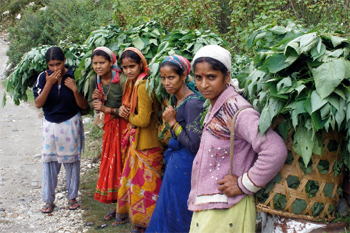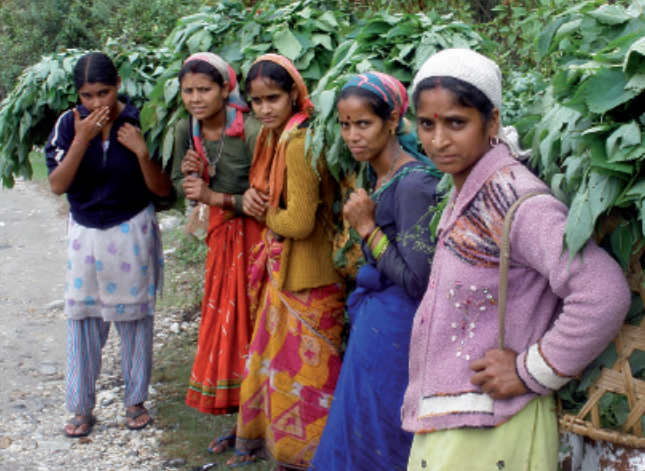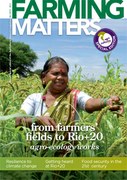Livestock has traditionally been an integral part of the farming systems in the Indian Himalayan region, but farmers regularly face an acute seasonal shortage of fodder, resulting in low milk yields, poor livestock health, women drudgery and forest degradation.

Many of the fodder grasses introduced by the programme are evergreen, while others provide sufficiently nutritious dry fodder to last the winter.
The project has helped to preserve adjoining forests and increase soil moisture content. And it has not only promoted fodder cultivation, but also supported activities such as fodder preservation, better feeding practices, capacity building and community mobilisation.
Today, over 1,500 farmers have established small fodder nurseries along the project area. In addition, Livestock Producer Groups have been formed in each village, enabling the communities to establish a savings and loan scheme and to develop microenterprises.
Farmer families have increased their milk sales and have seen an increase in the livestock population. Yet, beyond yields and incomes, this is all having larger benefits: environmental issues are being discussed and tackled, families are taking up loans, and more children are going to school.
Text and photo: Vishal Singh
Centre for Ecology Development and Research


